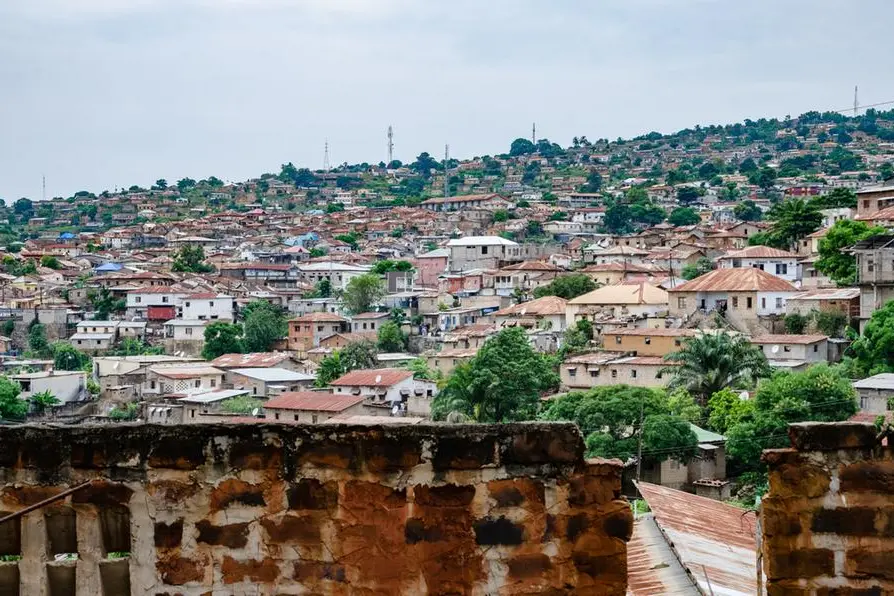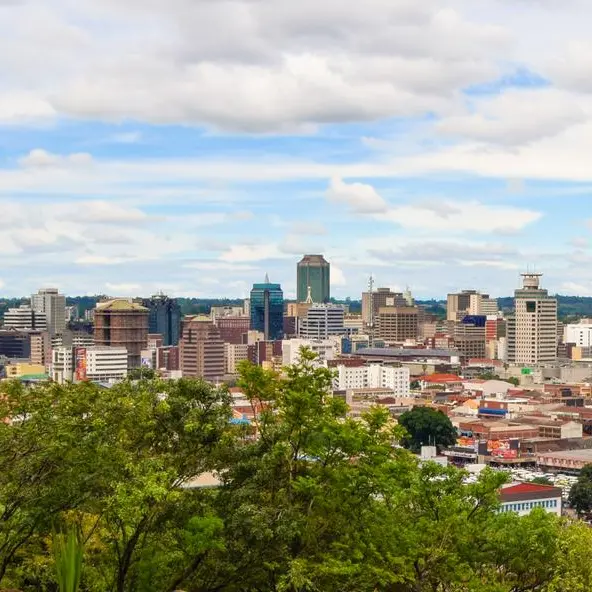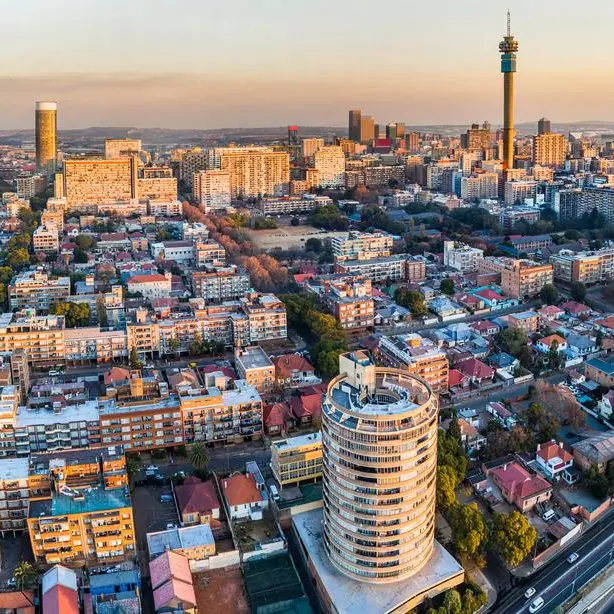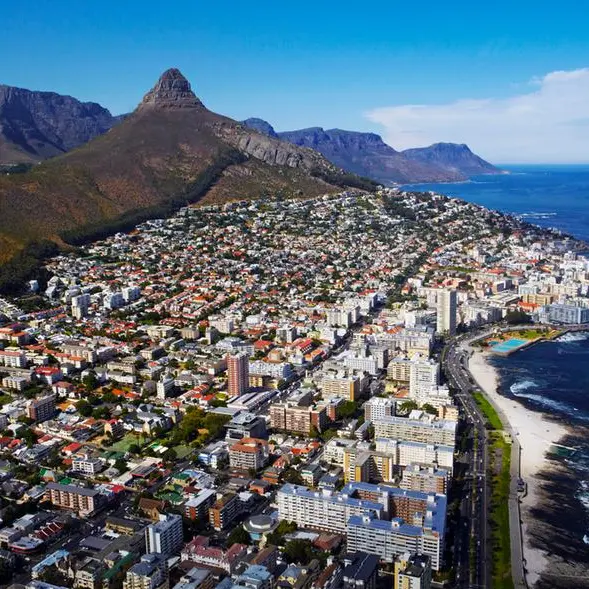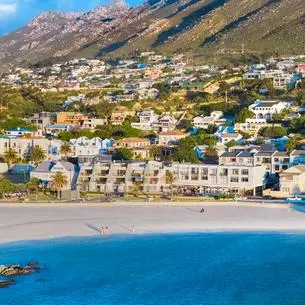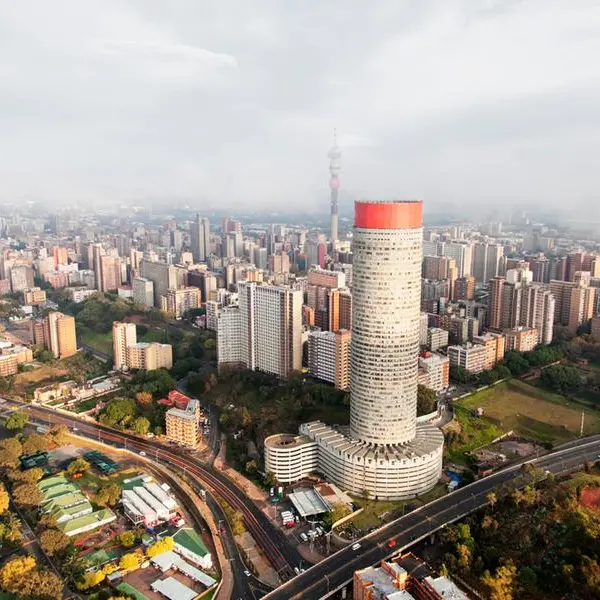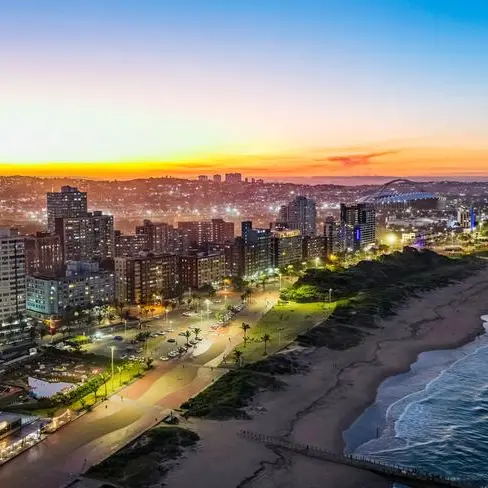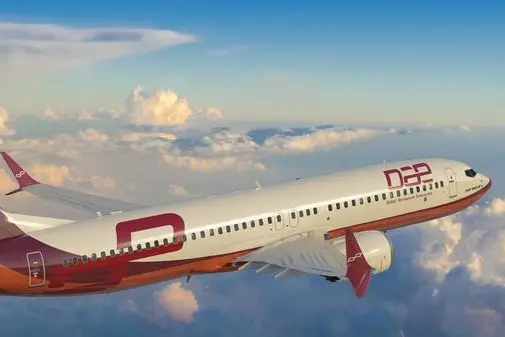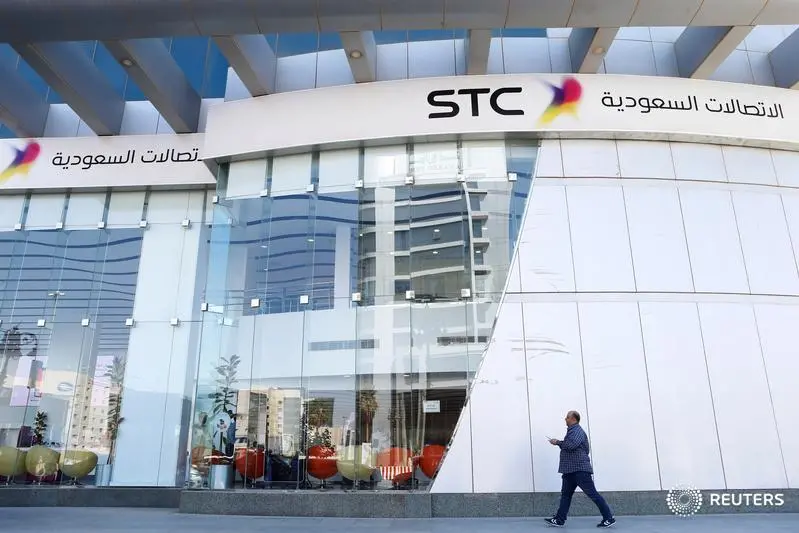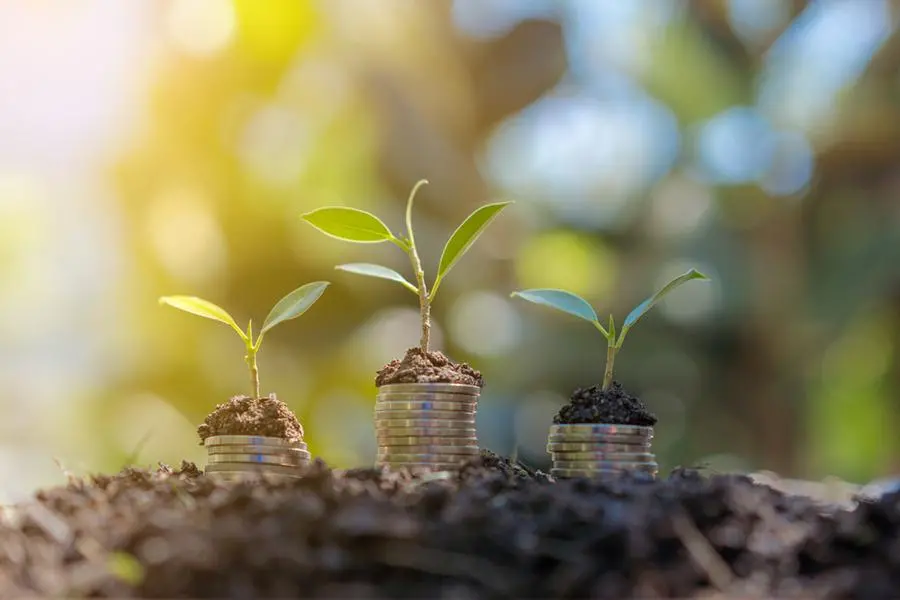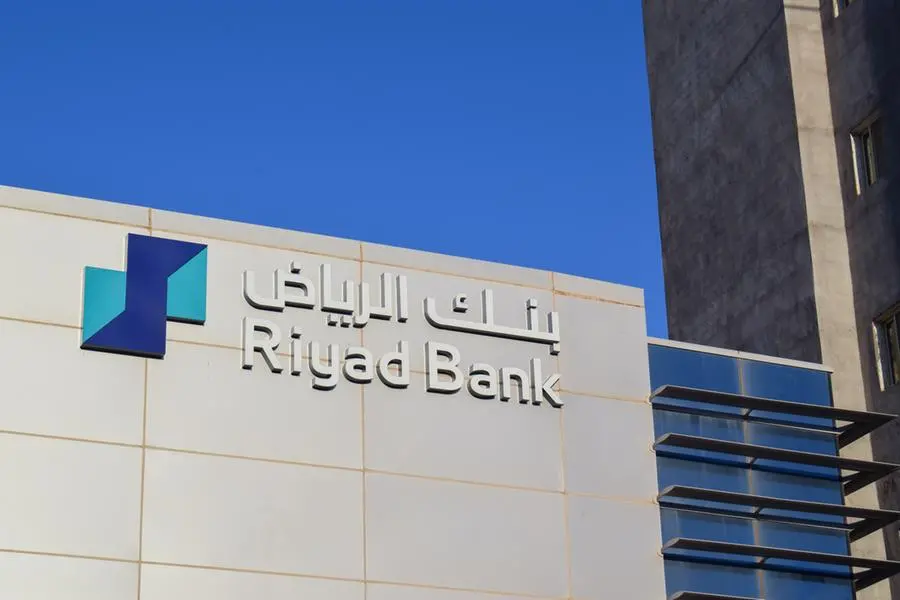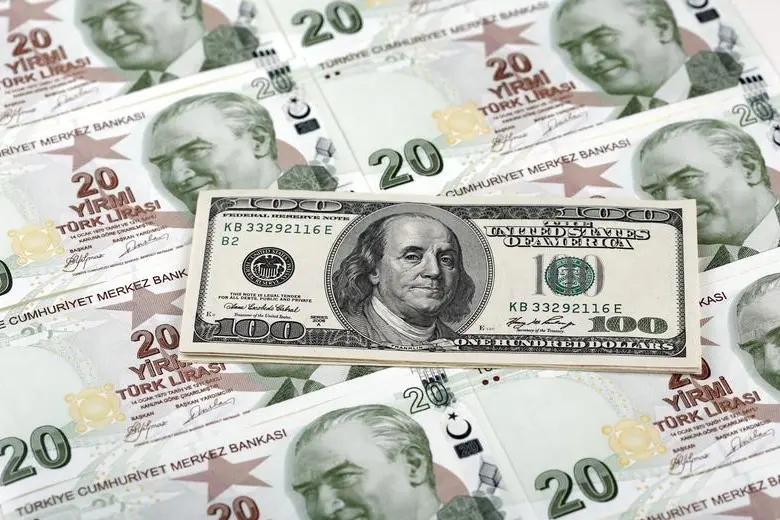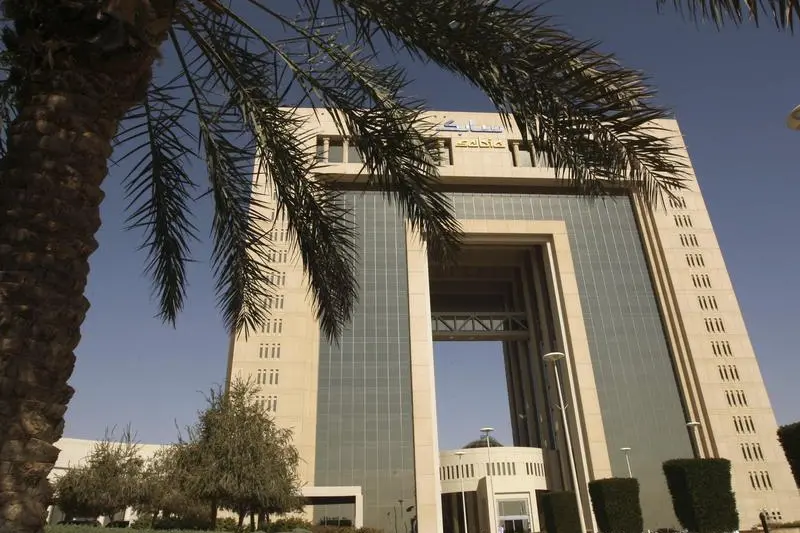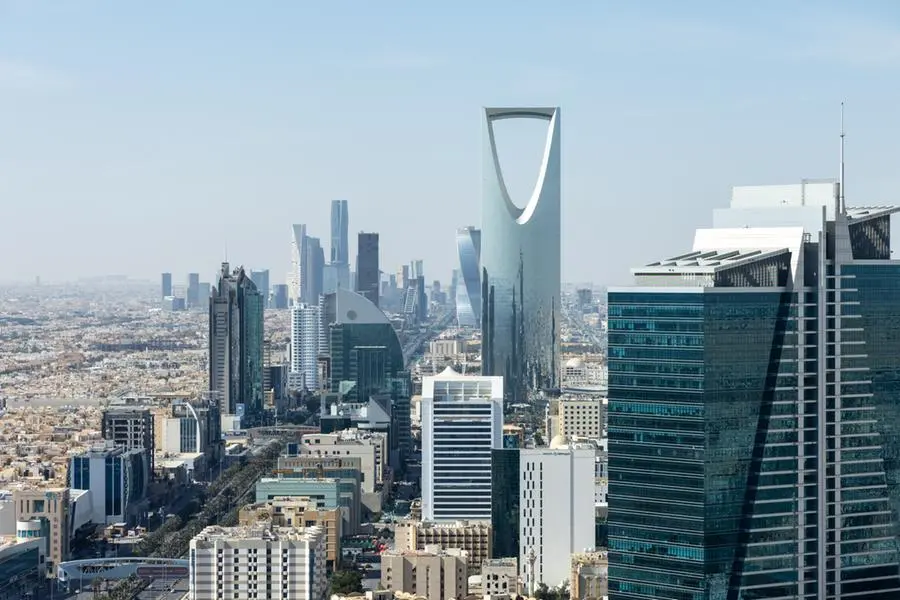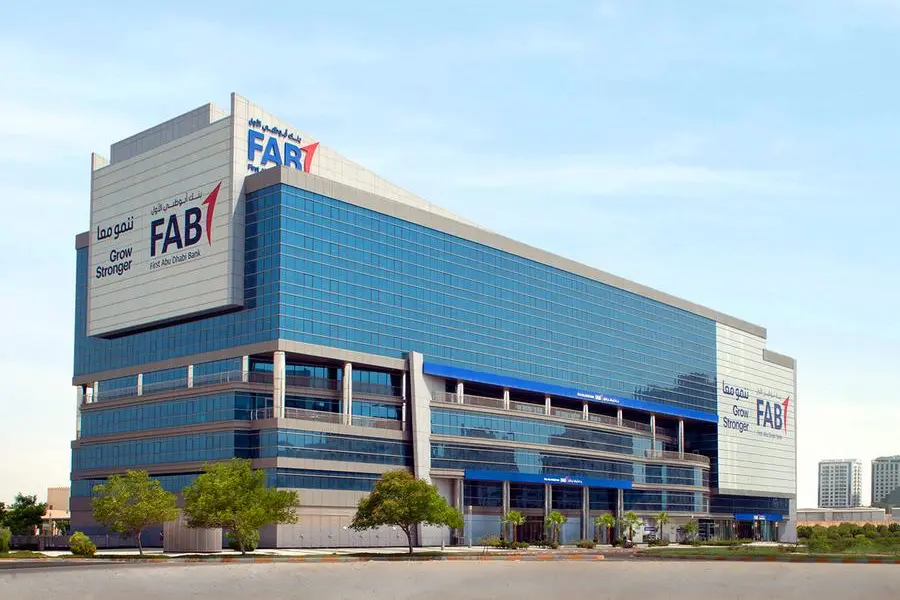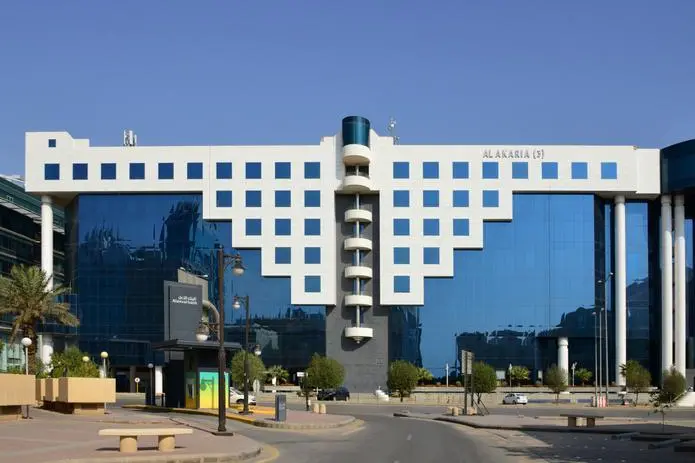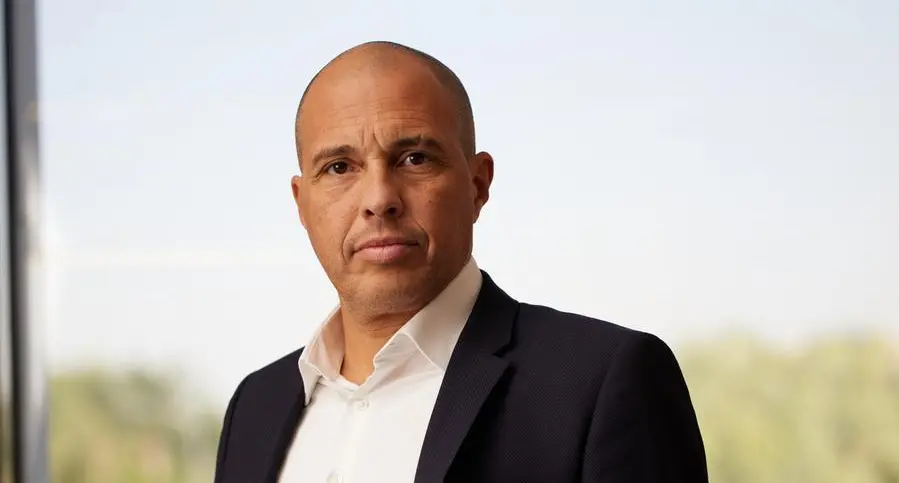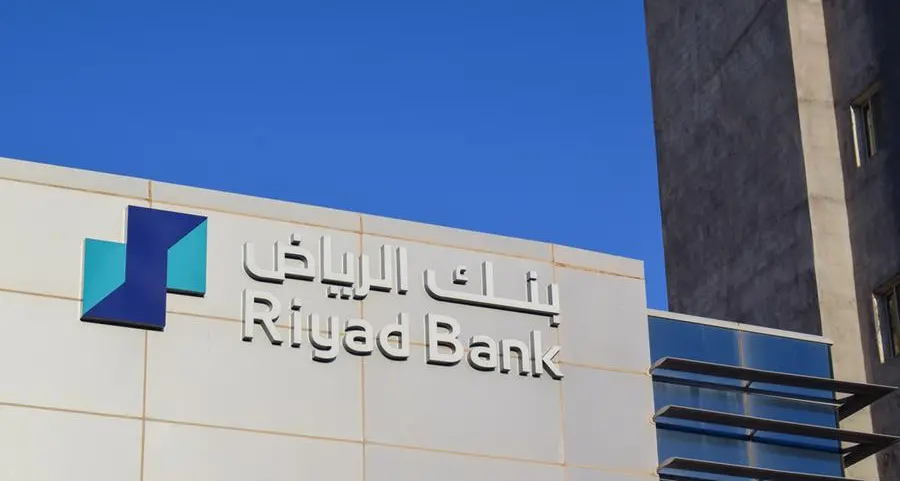PHOTO
The Democratic Republic of Congo (DRC), despite its political and economic shocks, faces enormous revenue growth prospects in the next five years as the United Nations (UN) consider Kinshasa a major player and beneficiary in the global $250 billion investments in copper production, required to transition the world to clean energy by the year 2030.
A new report by the United Nations Trade and Development (UNCTAD) says DRC has largely untapped reserves of high-grade copper, offering significant growth potential and that Kinshasa is quickly strengthening its position as a leading copper producer, thanks to the high quality of its reserves—some mines have copper grades exceeding three per cent, well above the global average of 0.6–0.8 per cent.
The report dubbed ‘Focus on critical minerals: Copper in the new green and digital economy’, says between 2016 and 2024, Kinshasa nearly tripled its mine production, showing its ability to respond to rising global demand at a time when Chile’s copper production declined by five percent during the same period.
The report notes that an estimated $250 billion in investments in approximately 80 new copper mines is required for the world to achieve net-zero emissions by 2030.“This growing demand highlights the urgent need for major investments in new copper mining projects, especially as existing ore grades decline, and supply becomes more constrained,” the report says“To stay on track for net-zero emissions by 2030, the world may need to develop approximately 80 new copper mines, requiring up to $250 billion in investments.”Read: $24bn windfall in Africa’s transition mineralsAccording to the report, the global demand for copper is expected to grow by over 40 percent between 2023 and 2040, driven largely by the transition to clean energy and the rapid expansion of digital economies.
Growth potentialSome projections suggest that the demand for copper in clean energy technologies alone could triple by 2040 and meeting this need would require more than 10 million tonnes of additional copper—almost half the total global supply in 2023.
According to the report, DRC is among five countries that hold over 50 percent of the World’s total copper reserves.
Chile possesses the largest copper reserves, with about 20 percent, while Australia and Peru each account for 10 percent.
The DRC and the Russian Federation each hold eight percent while the remaining 44 percent is spread across other nations.“The DRC has largely untapped reserves of high-grade copper, offering significant growth potential,” the report says.
Copper is central to the global transitions toward renewable energy and a digitally connected economy, and its unparalleled conductivity and versatility makes it crucial for key industries such as construction, electronics, renewable energy, transportation and defense.
As demand rises—projected to increase by over 40 percent by 2040—the global copper market faces mounting pressure from supply limitations, geopolitical uncertainties, increasing trade tensions and declining ore grades.
According to the report, Zambia and DRC are key exporters of unrefined copper, with China being the destination for most of these exports (60 percent).
Chile and Peru together account for nearly half of global copper ore and concentrate exports (26 percent and 21 percent, respectively).“Further downstream, China also stands as the largest importer of refined copper, followed by the United States, India and Brazil, the report saysRead: Why Africa should refine its mineralsLast year (2024) Chile led global copper mine production with approximately 23 per cent of the total, producing 5.3 million metric tons.
It was followed by DRC and Peru contributing 14 percent (3.3 million tonnes) and 11 percent (2.6 million tonness), respectively.
Together, the three countries (Chile, Peru and DRC) accounted for nearly half of the world’s copper output.
According to the report, Africa’s share of global copper refining rose modestly from seven percent in 1990 to nine percent in 2023, led by increased capacity in the DRC and ZambiaThe report notes that traditional copper exporters such as Botswana, Brazil, Chile and Peru have seen their shares decline, while new players, including DRC and Germany, have emerged as key exporters of refined copper and copper mattes, respectively.
The report notes that global copper industry faces a looming supply deficit, driven by rising demand from electrification, artificial intelligence and clean energy technologies.
Advanced extractionThis is compounded by declining ore grades, geopolitical risks and long project development timelines—typically ranging from 15 to 25 years.“To address these challenges, exploration and project development must be accelerated through streamlined permitting, financial incentives and investment in advanced extraction technologies,” says the report.“Enhanced collaboration between major producers and junior mining firms can also help expedite project timelines and stabilise supply.”Read: DRC state miner Gecamines plans overhaul of copper and cobalt joint venturesThe report notes that the global copper industry is entering a pivotal phase—one that calls not only for increased production, but also for smarter, more inclusive and technologically driven growth strategies.
Reducing trade barriers, building industrial capabilities, and embracing innovation will be central to ensuring that copper-rich developing countries benefit more equitably from the green and digital transitions.
© Copyright 2022 Nation Media Group. All Rights Reserved. Provided by SyndiGate Media Inc. (Syndigate.info).
